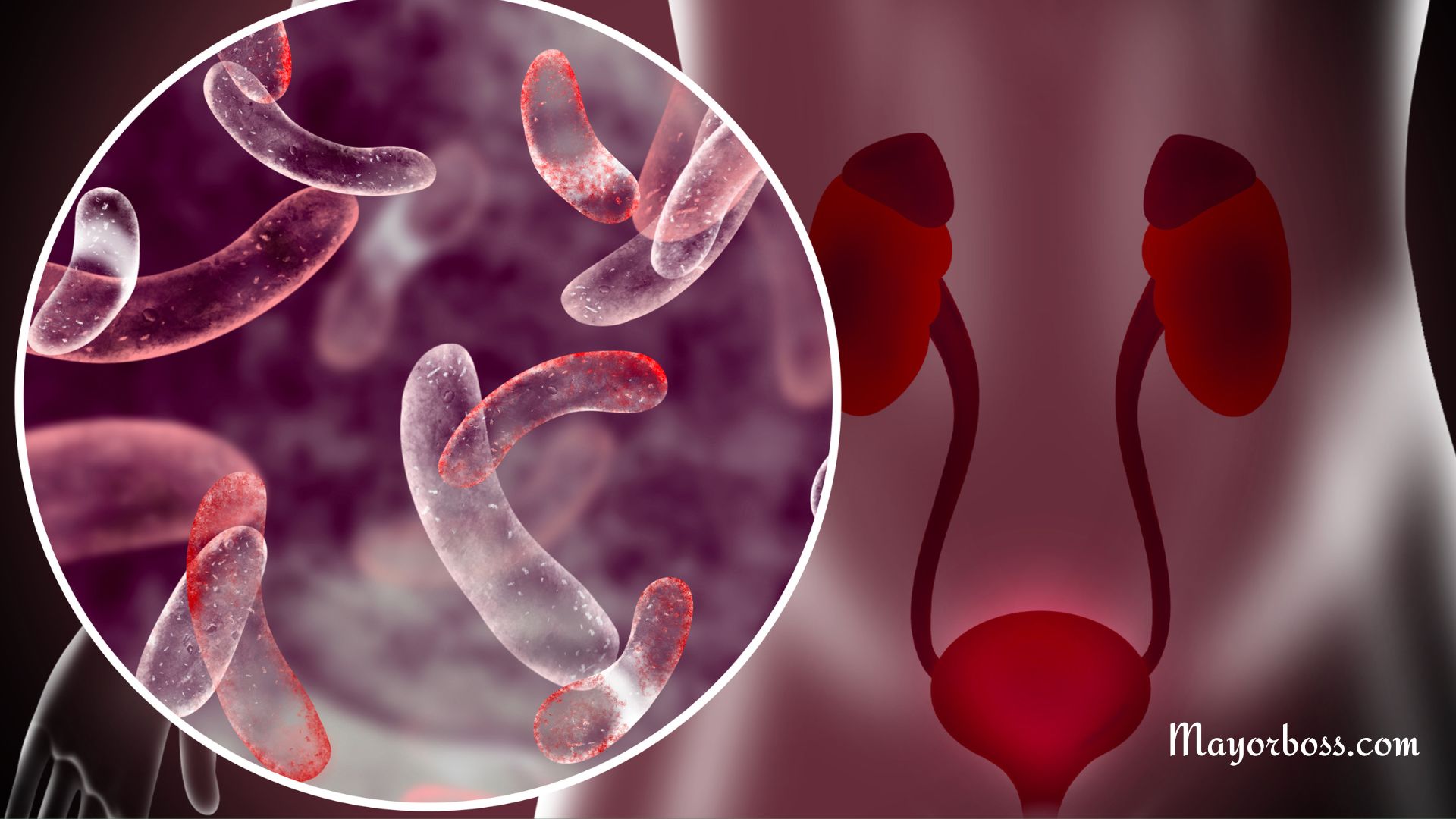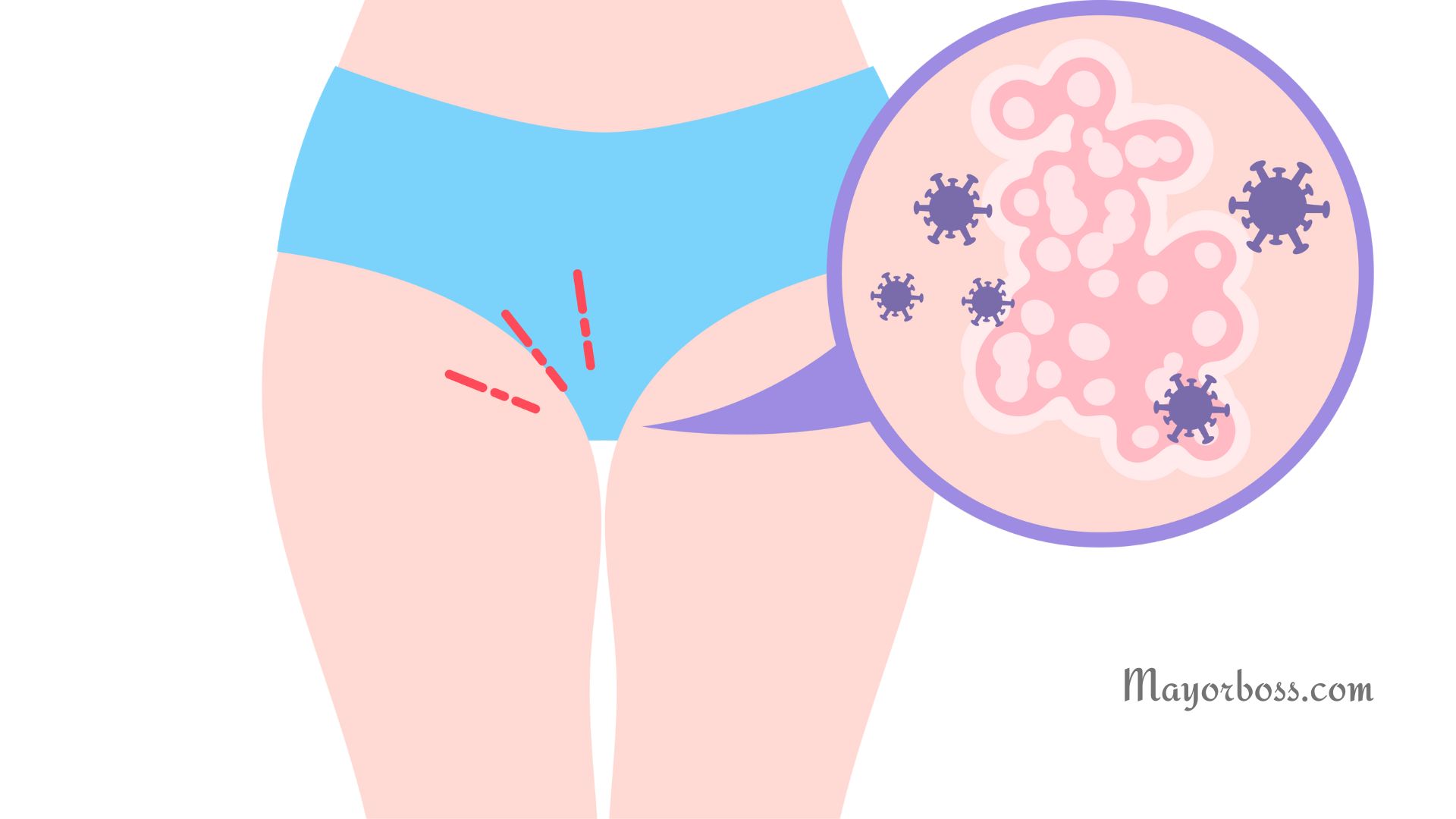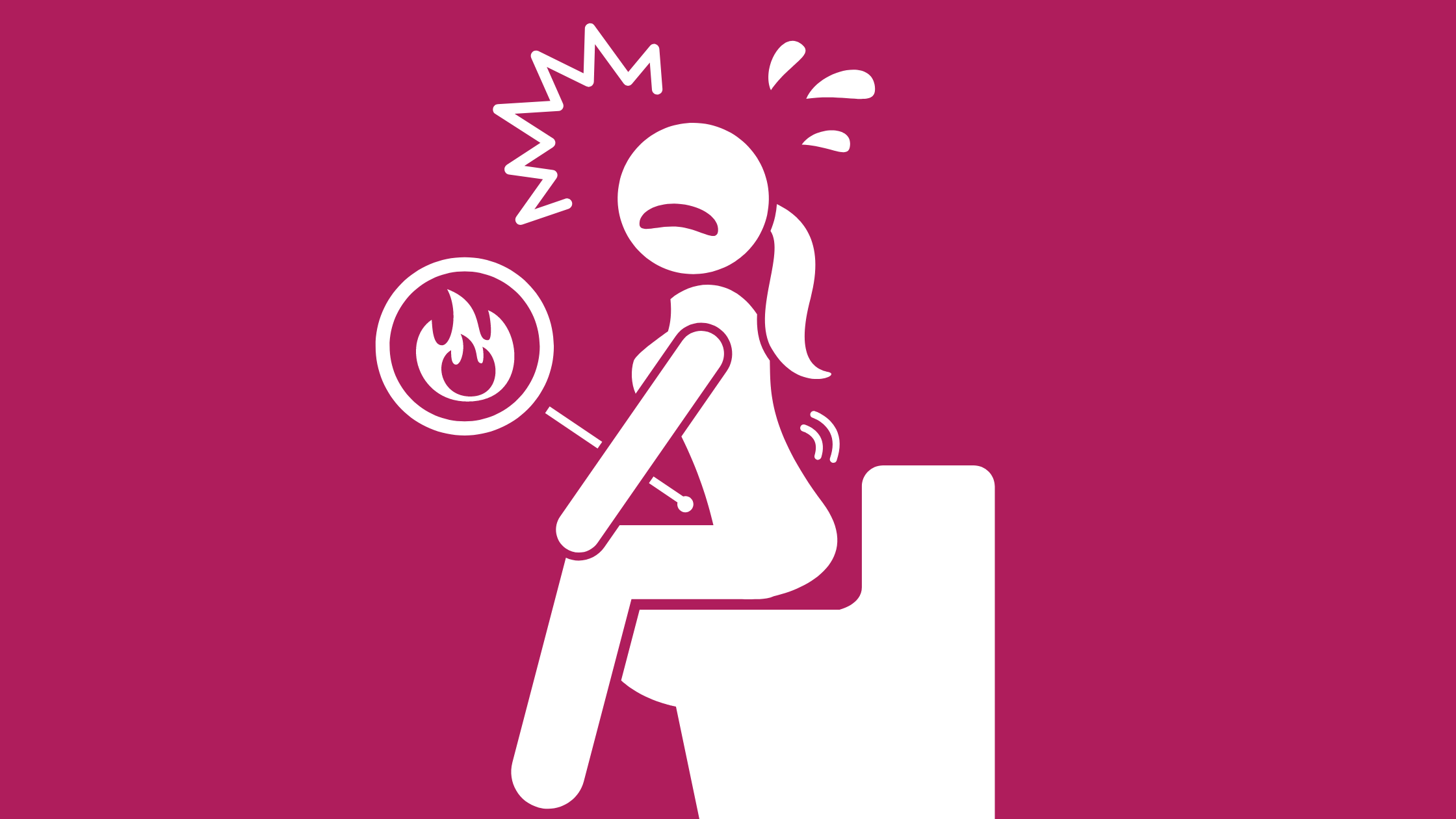What are Bacterial Infections?
Summary: Bacterial infections occur when harmful bacteria invade your body (lungs, brain, skin, blood, legs, and other parts of your body) and start to multiply. These infections can range from mild conditions like a sore throat to more severe illnesses such as pneumonia or sepsis. Treatment often involves antibiotics, but prevention methods include good hygiene and vaccinations.

What Exactly is a Bacterial Infection?
When you think of bacteria, you might picture something harmful or dirty. However, not all bacteria are bad. In fact, your body hosts a lot of ‘friendly’ bacteria that help with tasks like digestion and immunity. A bacterial infection starts when harmful bacteria get into a part of your body where they shouldn’t be and begin to multiply. These bacteria can interfere with normal bodily functions, causing symptoms that range from mild to severe.
How Do You Get Bacterial Infections?
From Person to Person
One common way you can catch a bacterial infection is through direct contact with an infected person. For example, if someone with a bacterial throat infection coughs near you, you might inhale the bacteria and become infected yourself.
Through Contaminated Objects
Another way to get infected is by touching objects that have been contaminated with harmful bacteria. After that, if you touch your mouth, nose, or eyes, you’re giving these bacteria a one-way ticket into your body.
From Animals to Humans
You can also get bacterial infections from animals. For example, handling raw meat that’s contaminated can expose you to harmful bacteria like salmonella.
Environmental Exposure
Some bacterial infections, like Legionnaires‘ disease, come from the environment. In this case, bacteria thrive in places like air conditioning systems and can spread through the air.
Ingestion
Another way is through eating or drinking something contaminated with harmful bacteria. Think spoiled food or untreated water.
What are Common Symptoms?
When you have a bacterial infection, your body will usually show some signs. These could be as simple as a sore throat or as serious as a high fever and chills. Here are some common symptoms:
- Fever
- Feeling tired
- Cough
- Pain in the affected area
- Redness or swelling
- Nausea or vomiting
Examples of Common Bacterial Infections
To help you better identify the types of bacterial infections you might encounter, here’s a list of some common ones:
Respiratory Infections
- Pneumonia: Infection of the lungs, often causing cough, fever, and difficulty breathing
- Bronchitis: Inflammation of the bronchial tubes, leading to cough and shortness of breath
- Whooping Cough (Pertussis): A highly contagious respiratory tract infection characterized by a “whooping” sound during a cough
Skin Infections
- Cellulitis: A skin infection causing redness, swelling, and warmth in the affected area
- Impetigo: Highly contagious skin infection that often affects children, causing sores or blisters
- Boils: Painful, pus-filled bumps that form under your skin due to infected hair follicles
Gastrointestinal Infections
- Food Poisoning (Salmonella, E. coli): Caused by eating contaminated food, leading to stomach cramps, diarrhea, and vomiting
- Cholera: Severe, often epidemic disease causing extreme diarrhea and dehydration
- Clostridium difficile (C. diff): An infection usually acquired in healthcare settings, causing severe diarrhea and abdominal pain.
Urinary Tract Infections
- Cystitis: Infection of the bladder, causing pain during urination and a frequent need to urinate
- Pyelonephritis: Infection of the kidneys, often resulting in back pain, fever, and nausea
Sexual Transmitted Infections
- Gonorrhea: A sexually transmitted infection that may lead to painful urination and discharge
- Syphilis: Another sexually transmitted infection causing sores, rashes, and fever
Other Types
- Lyme Disease: Transmitted through tick bites, causing a rash and flu-like symptoms
- Tuberculosis: A lung infection that can also affect other parts of the body, causing fatigue, weight loss, and night sweats
- Meningitis: Infection of the membranes surrounding the brain and spinal cord, causing severe headache, fever, and a stiff neck
How are Bacterial Infections Diagnosed?
Physical Examination
Doctors often start with a physical exam. They’ll check for symptoms and may take samples, like a swab from your throat or a urine sample, to test for bacteria.
Lab Tests
After collecting samples, they send these to a lab where scientists use various methods to identify the type of bacteria causing the infection.
How Are Bacterial Infections Treated?
Antibiotics
The most common treatment for bacterial infections is antibiotics. However, it’s crucial to complete the entire course of medication, even if you start to feel better.
Surgery
In extreme cases, surgical intervention might be necessary. For instance, an abscess might need to be drained, or infected tissue may have to be removed.
Supportive Care
Sometimes, the body needs a little help fighting off the infection. Supportive care can include fluids to prevent dehydration or medication to control symptoms like fever and pain.
Prevention
Hand Hygiene
One of the best ways to prevent bacterial infections is to wash your hands regularly. Soap and water are your best friends here.
Vaccination
Some bacterial infections can be prevented through vaccination. Shots for conditions like pneumonia and meningitis are good examples.
Food Safety
Being careful about what you eat is another excellent preventive measure. Always make sure your food is cooked thoroughly and stored properly.
Regular Check-ups
Regular visits to your healthcare provider can help you stay ahead of any potential issues. Your doctor can give you advice tailored to your health status and lifestyle.
When Should I See My Doctor?
If you experience any of the following symptoms, it’s a good idea to see your doctor.
General Symptoms
- High fever (above 100.4°F or 38°C)
- Persistent cough that lasts more than a week
- Severe headache that doesn’t improve with over-the-counter medication
- Shortness of breath or difficulty breathing
- Severe abdominal pain
- Frequent vomiting or diarrhea
- Unexplained weight loss
- Extreme fatigue or weakness
- Dehydration signs, such as dark urine or dry mouth
Skin-Related Symptoms
- Redness, swelling, or warmth around a wound or cut
- Pus or discharge from a wound
- A skin rash that spreads or worsens
Symptoms Related to Specific Body Parts
- Painful or frequent urination (possible urinary tract infection)
- Yellowing of the skin or eyes (possible liver issues)
- Persistent sore throat or difficulty swallowing
- Swelling or redness in one leg (could indicate a blood clot)
Neurological Symptoms
- Sudden dizziness or loss of balance
- Confusion or changes in mental state
- Numbness or tingling in limbs
For Women
- Severe menstrual cramps that don’t improve with medication
- Vaginal discharge with an unusual color, consistency, or odor
For Men
- Pain or swelling in the testicles
- Issues with urination, like difficulty starting or a weak stream
For Children and Older Adults
- Any of the above symptoms
- Rapid or slow heart rate
- Blue lips or face






